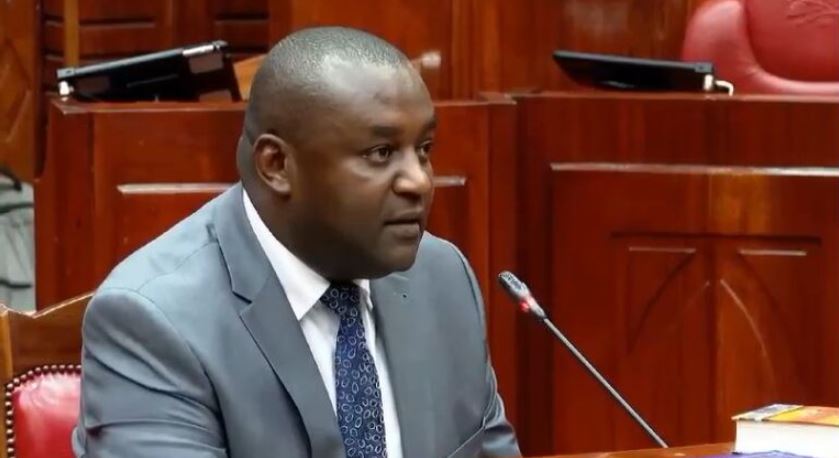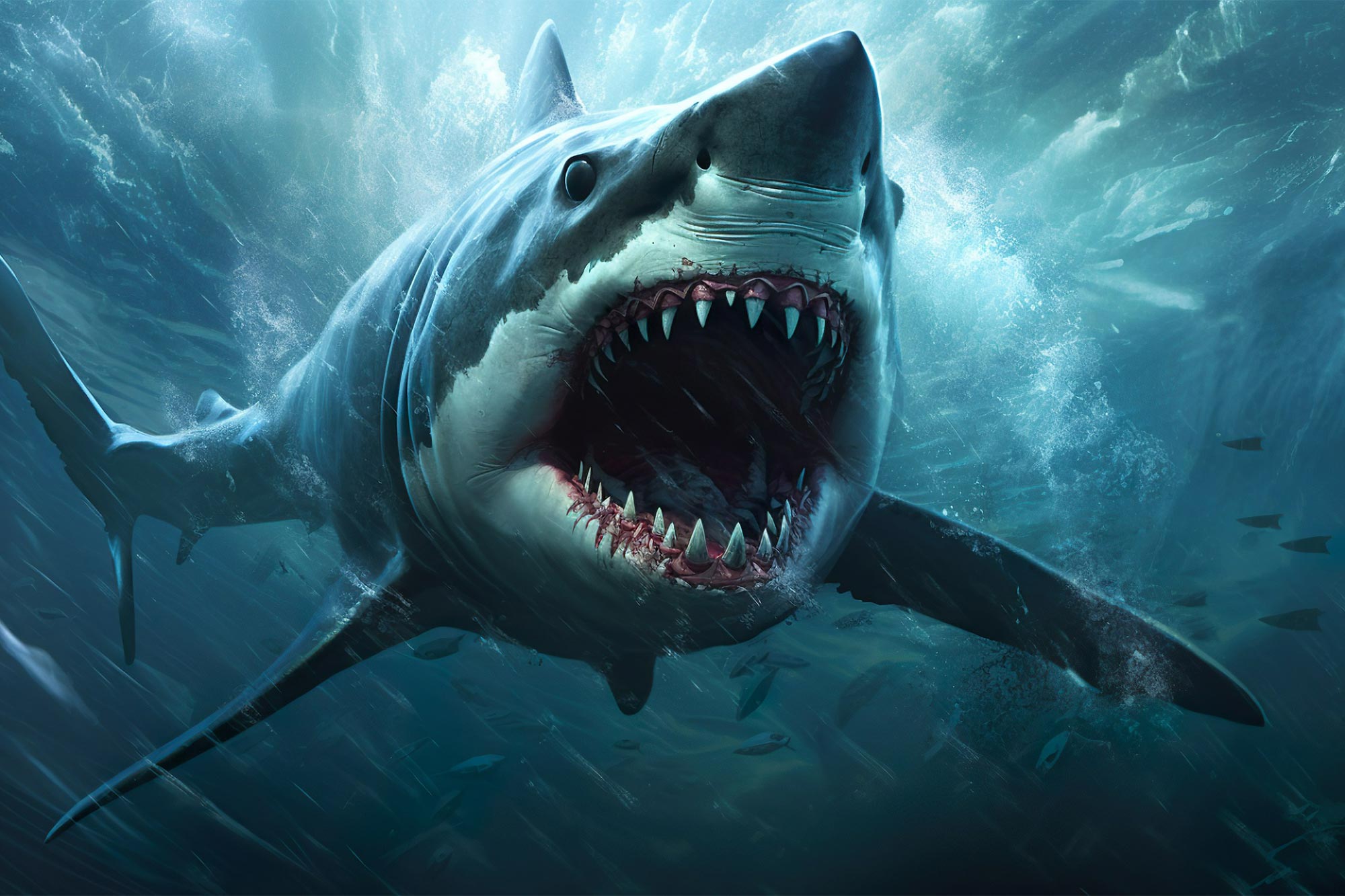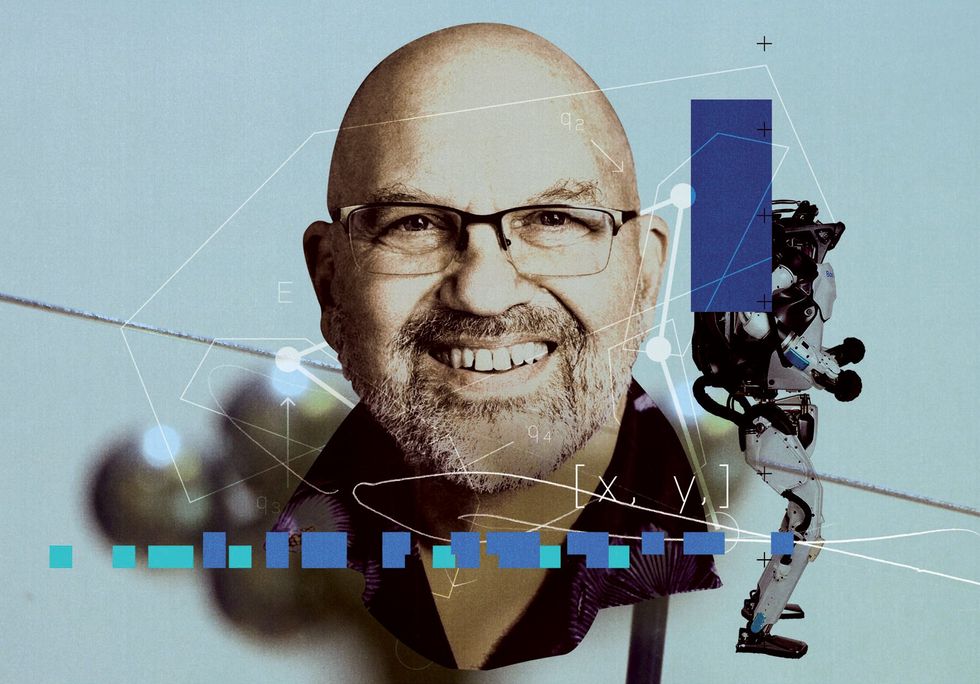
The first in a new line of powerful dual-band satellites for Inmarsat’s communications network linking ships, airplanes, and other mobile customers successfully launched Wednesday aboard a Japanese H-2A rocket.
The satellite, named Inmarsat 6 F1 or I6 F1, rode the most powerful variant of the H-2A rocket, built and operated by Mitsubishi Heavy Industries. The H-2A was fitted with four strap-on solid rocket boosters clustered around the rocket’s core stage, which was powered by a hydrogen-fueled cryogenic engine.
Liftoff from Tanegashima Space Center, on an island in southwestern Japan, occurred at 10:32 a.m. EST (1532 GMT) Wednesday, or 12:32 a.m. Japan Standard Time on Thursday.
The 174-foot-tall (53-meter) H-2A rocket climbed off the launch pad with 2.5 million pounds of thrust, and headed east over the Pacific Ocean. The H-2A shed its four solid rocket boosters, payload fairing, and cryogenic core stage in the first seven minutes of the flight.
An upper stage fired its hydrogen-fueled engine twice before releasing the spacecraft in orbit.
Liftoff of Japan’s 45th H-2A rocket with Inmarsat 6 F1, a powerful dual-band communications satellite to provide mobile connectivity for ships, airplanes, and global shipments. https://t.co/dH5FmkdAGg pic.twitter.com/bJMFVEij5B
— Spaceflight Now (@SpaceflightNow) December 22, 2021
The Inmarsat 6 F1 satellite weighed about 5,470 kilograms — about 12,059 pounds — at launch. Airbus manufactured the spacecraft for Inmarsat, a London-based space company that specializes in providing mobile communications services for ships, airplanes, and other users on-the-go.
The satellite is the first of two new-generation mobile communications satellites procured by Inmarsat from Airbus. A second satellite, I6 F2, is under construction and slated to launch on a SpaceX rocket from Cape Canaveral next year.
The H-2A rocket launched the I6 F1 satellite into an elliptical transfer orbit on the way to a position on geostationary orbit more than 22,000 miles (nearly 36,000 kilometers) over the equator.
The satellite will use electric thrusters to maneuver into a circular orbit over the next few months, ultimately settling into position high above a fixed location in the Indian Ocean. That will give I6 F1’s communications payload access to markets in Asia, Africa, and Australia.
The spacecraft carries dual Ka-band and L-band payloads. It has 20 steerable Ka-band beams to provide broadband connectivity to airplane passengers and ships at sea, along with an umbrella-like L-band reflector that will open to a diameter of 30 feet (9 meters) in space.
The L-band payload is tailored for lower-bandwidth applications, such as maritime search and rescue, ship and asset tracking, and supply chain management. Inmarsat’s most recent fleet of L-band communications satellites was the Inmarsat 4 series launched between 2005 and 2013, and the two Inmarsat 6 satellites will replace them.
The Inmarsat 5 satellites, providing Ka-band connectivity through the company’s Global Xpress service, launched between 2013 and 2019.

“This spacecraft is the first hybrid spacecraft of its kind,” said Edwina Paisley, senior director of spacecraft programs at Inmarsat. “It’s both Ka-band and L-band. It’s the most complex and technically advanced spacecraft (we’ve) ever launched.”
After deploying from the H-2A rocket about 26 minutes into the mission, the I6 F1 spacecraft will unfurl solar arrays to begin charging its batteries. The L-band reflector is scheduled to open up Dec. 27.
Then the satellite will start raising its orbit using the electric propulsion system, which is lighter and more efficient than conventional liquid-fueled maneuvering rockets.
“That means we have maximized the payload on-board in order to put as much hardware into the spacecraft as possible,” Paisley said in a pre-launch press conference. “And that means we had to use a very efficient, but low-mass propulsion system, which is the electric orbit raising.”
The two Inmarsat 6 satellites will extend Inmarsat’s L-band services, used around the world in maritime operations, until around 2040. Inmarsat is planning to launch additional Ka-band satellites in the next few years, including two Ka-band instruments on satellites in a high-inclination orbit to extend broadband coverage over the Arctic.
“Today, Inmarsat began the next phase of its world leading technology roadmap thanks to the launch of I6 F1, the first of seven we have planned in the coming three years,” said Rajeev Suri, Inmarsat’s CEO, in a statement.

The new Inmarsat satellites, beginning with I6 F1, are crucial for the company’s plans to maintain its market position as constellations of low Earth orbit satellites, like SpaceX’s Starlink fleet and OneWeb’s network, begin operational service to provide broadband internet connectivity.
Starlink and OneWeb’s business strategies include serving consumers on land, in the air, and at sea.
Inmarsat was established in 1979 to develop a network of satellites to provide a communications lifeline for maritime safety and distress messages. The maritime safety mission is still part of Inmarsat’s network, but the company has evolved to provide a broader menu of communications services.
“Inmarsat is constantly investing in new spacecraft to add to our fleet, and this is a continued investment in ensuring that we have the capability to continue our services, and even anticipating additional services in the future, because we need to think about what people are going to be using and doing with this type of mobile communications well into the 2040s,” Paisley said.
Note: This article have been indexed to our site. We do not claim legitimacy, ownership or copyright of any of the content above. To see the article at original source Click Here








